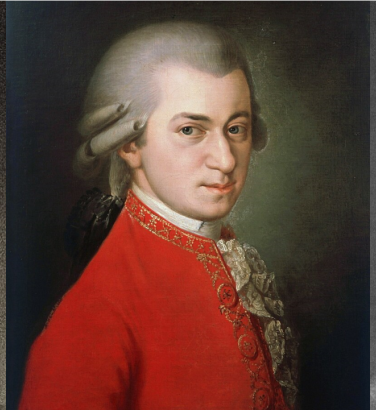
Musical folk tales
10 Feb 2025
News Story
Alloway Kirk (detail) by Francis Grose, alongside which Burns' Tam O'Shanter was originally published
Long confined to the operatic stage, storytelling in music got an unexpected boost as composers became increasingly freelance in the early 19th century. The mythological and historical subjects enjoyed by their patrons in times gone by started to fall from favour, and the growing awareness of cultures beyond the German and Italian schools brought a host of folk tales from other countries to light.
Smetana’s Ma vlast, for instance, would have been unthinkable in the Classical era, not to mention the piquant harmonies of Grieg’s Lyric Pieces or (at the other end of the scale) Mussorgsky’s monumental Boris Godunov – all of them influenced by their composers’ own culture, be it landscapes, history or literature. The development of the concert overture and its cousin the symphonic poem also gave composers a middle ground between the piano miniature and the vast epic.
In what was then Bohemia, the poetry collection Kytice z pověstí národních (A bouquet of folk legends) proved fertile ground for a number of Czech composers, four of Dvořák’s symphonic poems being based on its tales. In the early years of the 20th century, Sibelius would become an especially prolific composer of the genre, drawing on Finnish myths most notably for his Lemminkäinen Suite, which includes The swan of Tuonela.
Folk tales can serve to warn their listeners against unwise courses of action, and transposing them into music has often resulted in thrilling works. The success of Dukas’ The sorceror’s apprentice
and Malcolm Arnold’s Tam O’Shanter, for instance, is very much down to their composers’ ability to convey drama, and they are possibly more exhilarating than terrifying as a result. (The same can be said of Berlioz’ Symphonie fantastique, despite what ought to be an anti-drug message.)

Tamara Karsavina (the Firebird) and Michel Fokine (Prince Ivan) in the original production of Stravinsky's Firebird, 1910
The success of Tchaikovsky’s fairytale ballets ensured the appeal of Russian takes on the genre until well into the 20th century. Prokofiev’s Cinderella counts among its late successes, long after Stravinsky’s work with the Ballet Russes in 1910s Paris, which may be regarded as its zenith. His glittering score for The Firebird most shows the influence of his teacher Rimsky-Korsakov, whose own Sheherazade (based on the Arabian nights) they had already turned into a ballet.
Strauss’ Till Eulenspiegel is another work whose narrative made it an obvious candidate for dance, but the same cannot be said for his Duet-Concertino for clarinet, bassoon and orchestra – which, despite its title, owes a debt to the folk tale tradition. Strauss himself wrote that the solo instruments represent a princess and a bear (who turns out to be a prince), in a tale which seems closely related to Beauty and the Beast. Whether or not the listener interprets the music as telling a story, it could easily be classified as symphonic poem, albeit on a more intimate scale than usual.
Strauss was not the first to depict an imaginary folk tale in music: among Schumann's late chamber music are compositions entitled Märchenbilder (Fairy tale pictures)and Märchenerzählungen (Fair tale narratives), neither of which refer to any specific stories, let alone characters. In more recent times, the inspiration for Thomas Adès' Märchentänze (Fairy tale dances)- which the Orchestra performs in Parabola (13-14 March) - came from the English folk tradition, for all that the title draws a connection to Schumann's works.

Parabola
Join Pekka Kuusisto and Simon Crawford-Phillips on an arc through time and musical styles, from Britten to Adès, Beamish to Haydn.
Related Stories
![Three men, the first two in 18th century formal dress (one in black and white, one in a red coat), the last in an old photo, smoking]()
What is a sinfonia concertante?
17 March 2025
We delve into the history of a hybrid genre ...![]()
The SCO Chorus on music for Lent
10 March 2025
With Easter just around the corner, we delve into perhaps the richest (and often darkest) choral repertoire of all ...![]()
The bassoon concerto
3 March 2025
For the last article in our concerto series (for now), we turn to an instrument too often dismissed as the orchestra's resident joker.


